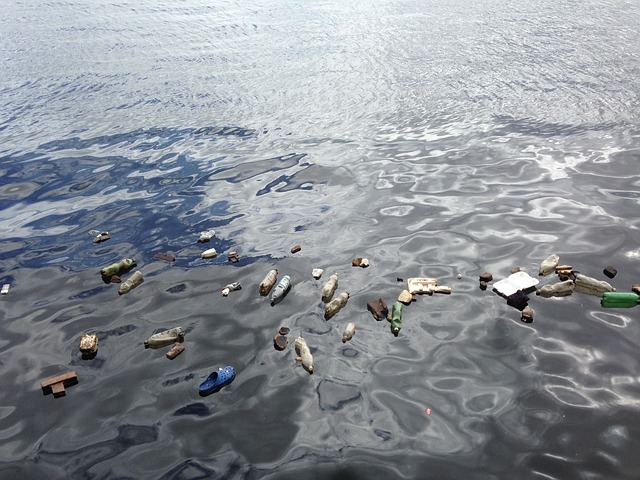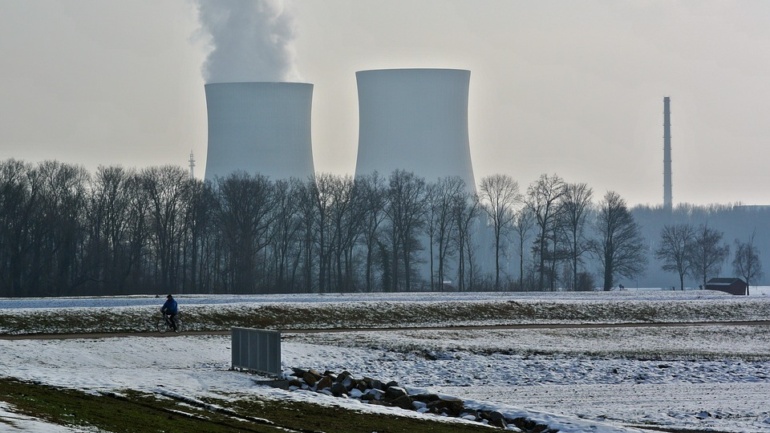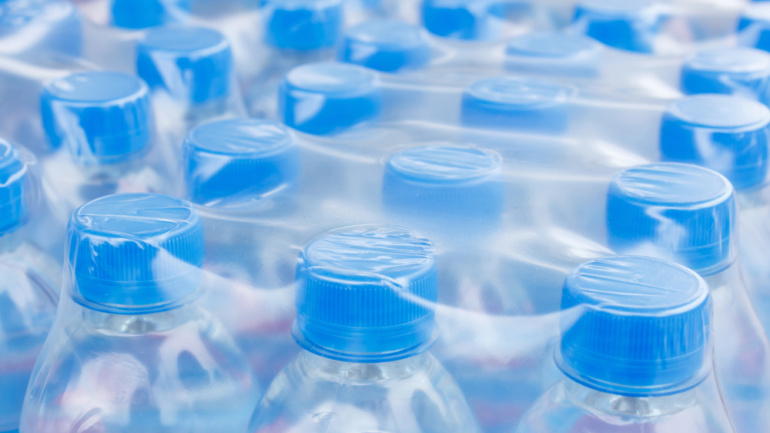By Erin Fee, Staff Writer and Researcher for Save The Water™ | November 7, 2019
Laundry duty may be a chore, but at least it’s easier than ever. Thanks to washing machines, the time and labor spent on laundry has been reduced to a few button presses and a couple of hours. But there’s a catch. The water that leaves our washing machines is loaded with microplastics, and it’s polluting our oceans and drinking water.
Microplastics: Small Size, Big Problem
As their name suggests, microplastics are tiny pieces of plastic. They are less than 5 millimeters long, to be exact.1 Washing machines are a major source of microfibers, a type of microplastic that comes from human-made materials such as polyester, acrylic, and nylon.2 The lint that collects in your drying machine contains microfibers. However, the majority goes uncaught by standard filters.
With every load of laundry, countless microfibers come loose from our clothes and are released as wastewater. From there, they will likely be dumped into the ocean or other bodies of water. In fact, the majority of the ocean’s plastic pollution is made up of microfibers and other microplastics.2
Microplastics are just as, if not more, harmful than bigger plastic objects. Their small size makes them easy to accidentally ingest, and researchers have found over 100 microfibers in individual fish.3 Consider this: According to a 2016 estimate in the Environmental Science and Technology publication, a population of 100,000 people would produce 793 pounds of microplastic pollution in a year.4 Since plastics take hundreds of years to degrade, the amount of microplastics will continue to build up over generations if a solution isn’t found.2
Fighting Microplastics
Many people are taking the initiative to reduce their personal plastic use. However, even environmentally-minded people are often unaware of microplastics. By informing yourself, you have already taken the first step. Though research is still ongoing, studies have produced several suggestions to curb the flow of microfibers from your washing machine:
- Invest in an effective filter specifically designed to remove microfibers.3
- Avoid the delicate wash cycle. Due to the increased volume of water used for this setting, more microplastics are removed from your clothes.5
- Do full loads of laundry instead of several smaller ones.5
- Inform others about microplastics and where they come from.
- Stay up to date on this and other water issues by following the Save the Water website.
References
- National Oceanic and Atmospheric Administration. “What are microplastics?” NOAA. (https://oceanservice.noaa.gov/facts/microplastics.html.)
- Brian Resnick. January 11, 2019. “More than ever, our clothes are made of plastic. Just washing them can pollute the oceans.” Vox. (https://www.vox.com/the-goods/2018/9/19/17800654/clothes-plastic-pollution-polyester-washing-machine.)
- Chelsea Rochman. January 8, 2019. “What Does Your Washing Machine Have to do with Microfibers?” Ocean Conservancy. (https://oceanconservancy.org/blog/2019/01/08/washing-machine-microfibers/.)
- Niko L. Hartline, Nicholas J. Bruce, Stephanie N. Karba, Elizabeth O. Ruff, Shreya U. Sonar, and Patricia A. Holden. September 30, 2016. “Microfiber Masses Recovered from Conventional Machine Washing of New or Aged Garments.” Environmental Science & Technology. (https://pubs.acs.org/doi/abs/10.1021/acs.est.6b03045?journalCode=esthag.)
- Newcastle University. September 28, 2019. “Ditch the delicate wash cycle to help save our seas.” ScienceDaily.( https://www.sciencedaily.com/releases/2019/09/190928082727.htm.)




